Brushed Roman Travertine
Brushed roman travertine is the perfect embodiment of human ingenuity applied to the gifts we receive from nature. Experimentation is the way we get this. Over centuries of experience, natural stone manufacturers have developed their expertise and created the best tools to achieve their goals. Today, these tools and knowledge are at the service of customers tastes and needs.
Roman travertine possesses a distinct natural aesthetic connotation. It appears elegant and solid at the same time. Nevertheless, men have learned to transform, shape, and modify it, starting from its extraction from the quarry. We owe this to marble workers’ dexterity and stone lovers. Raw natural material forms over millennia of interactions between water and minerals rich in calcium carbonate. At first, natural stone workers, architects, and constructors used natural stone to erect statues, columns and buildings. However, as new methods developed and through further specialization, other stone transformation processes evolved. Today, we are able to reshape natural stone and bring it closer to the very personal taste of each one of us.
Brushed Roman Travertine is one of the most requested stone transformation processes
What does “brushed finish” really mean? Also known as the “silk effect” or “antique finish“, this process requires a special tool that gently pierces the surface of the stone. It adds a smoothening effect to the travertine’s surface. This stone processing homogenizes the chromatic shades of roman travertine, by stimulating a mechanical chemical reaction. The processed surface will appear compact and slightly irregular to the touch.
The pleasant sensation to the touch, the anti-slip effect and the rustic look are the most popular features of this finish. Brushed roman travertine is used both indoors and outdoors. Typical applications include cladding for buildings and swimming pool paving.


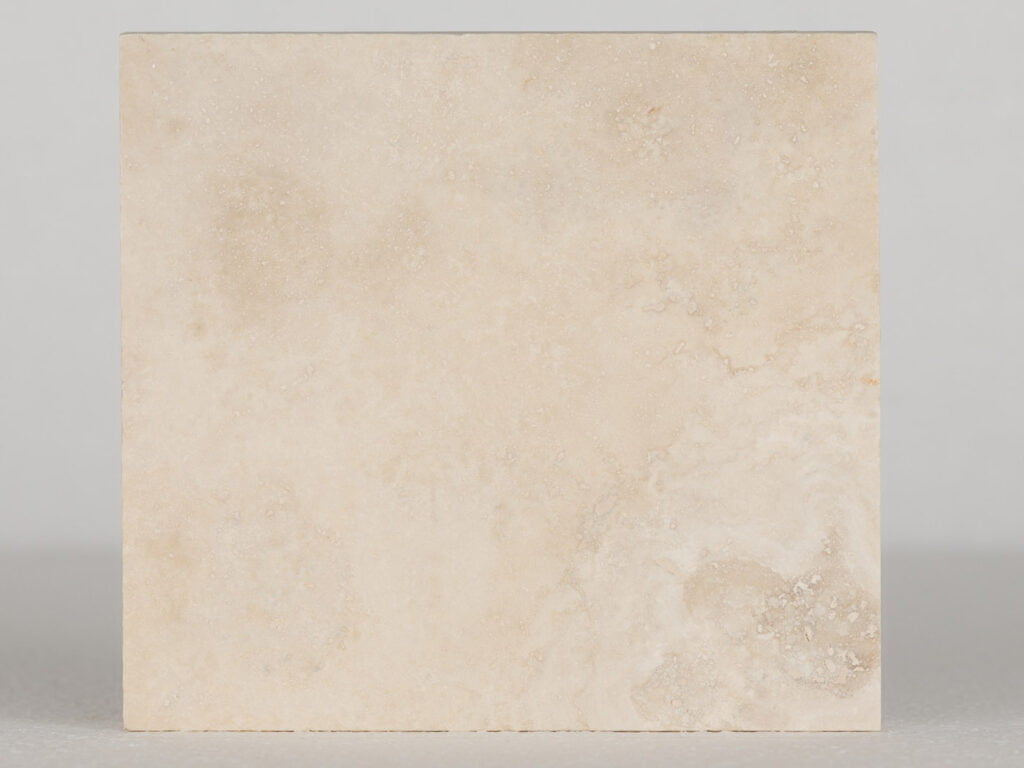
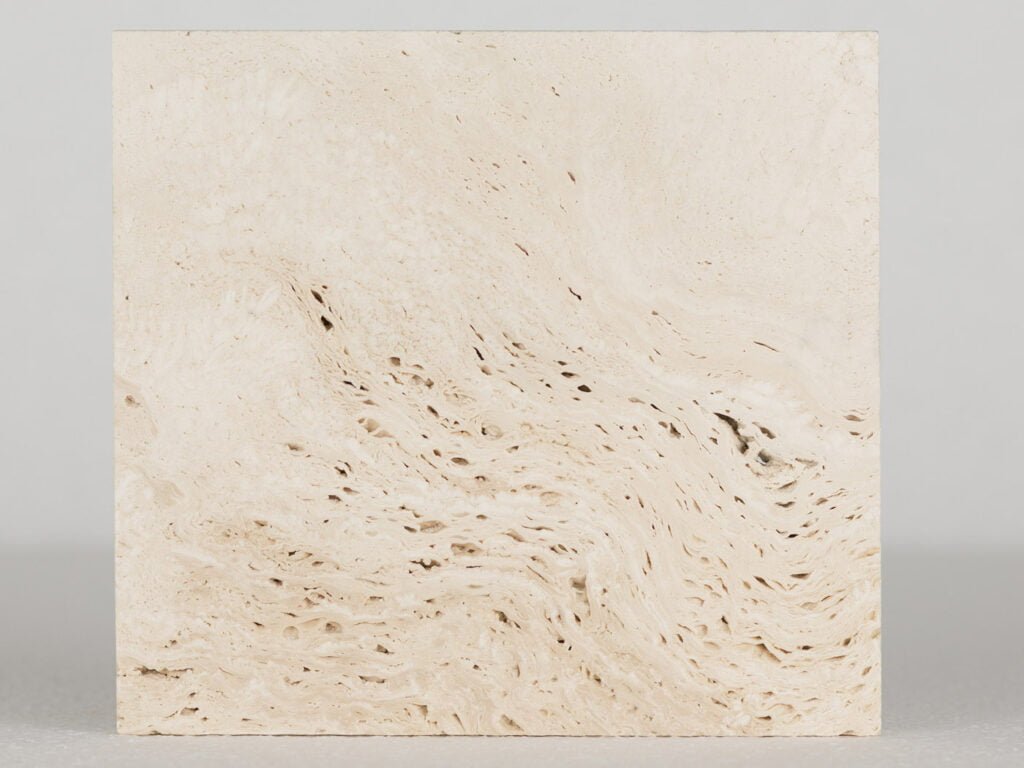
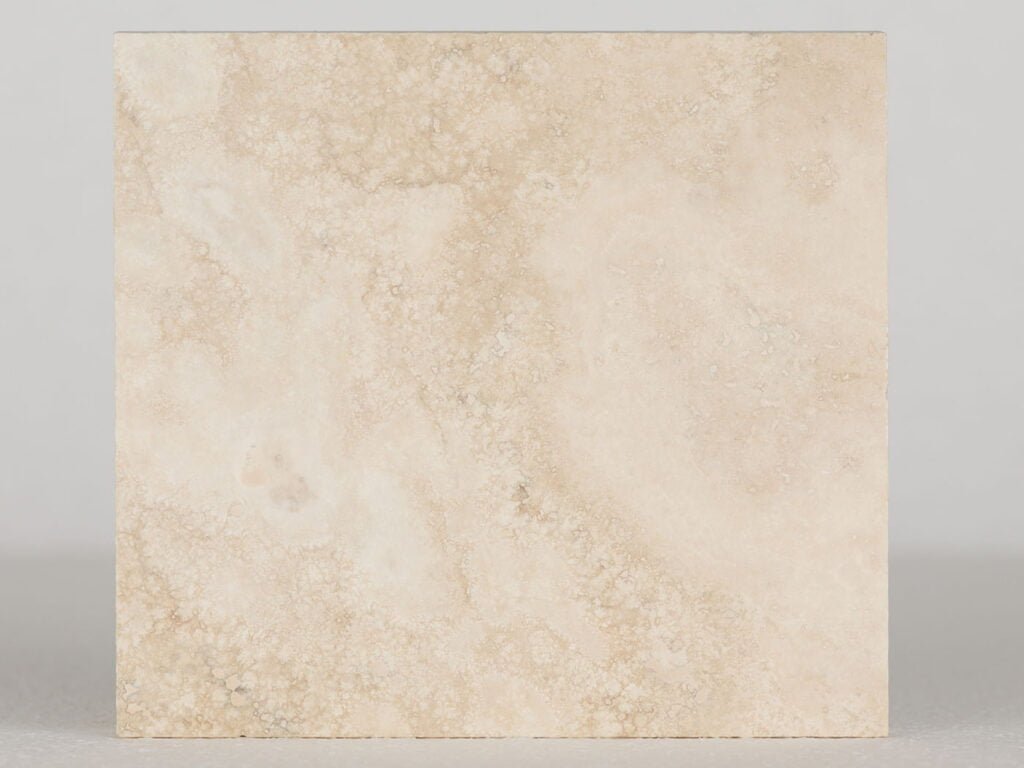
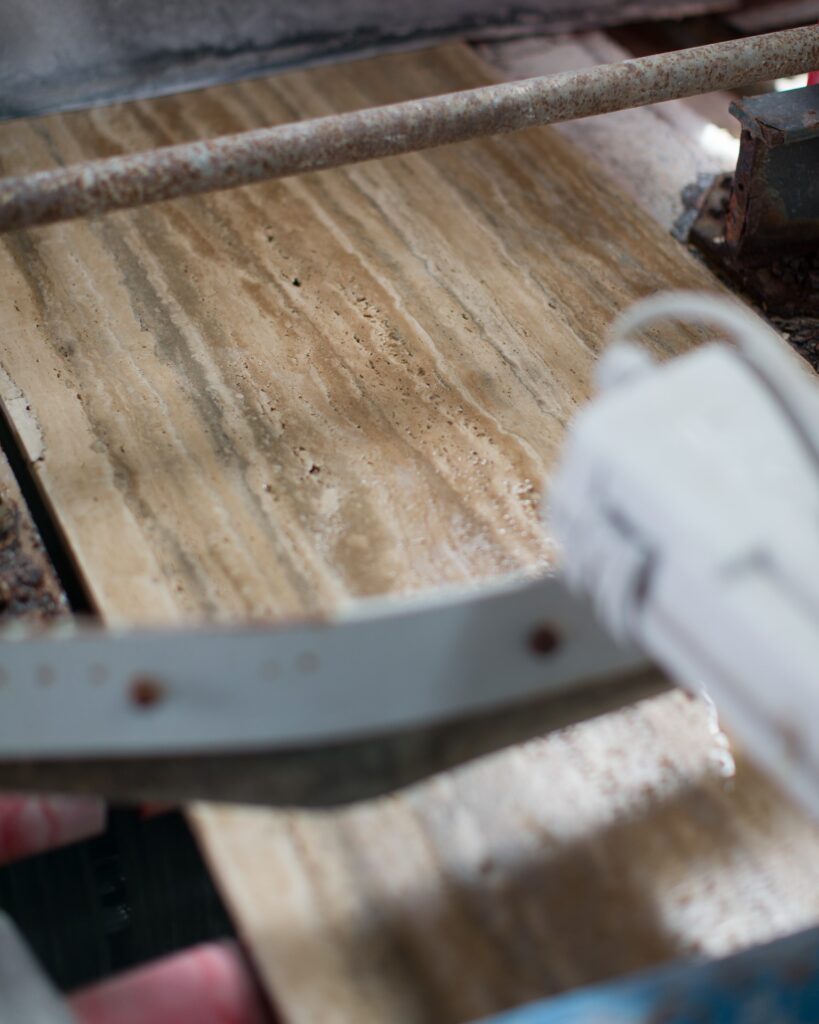
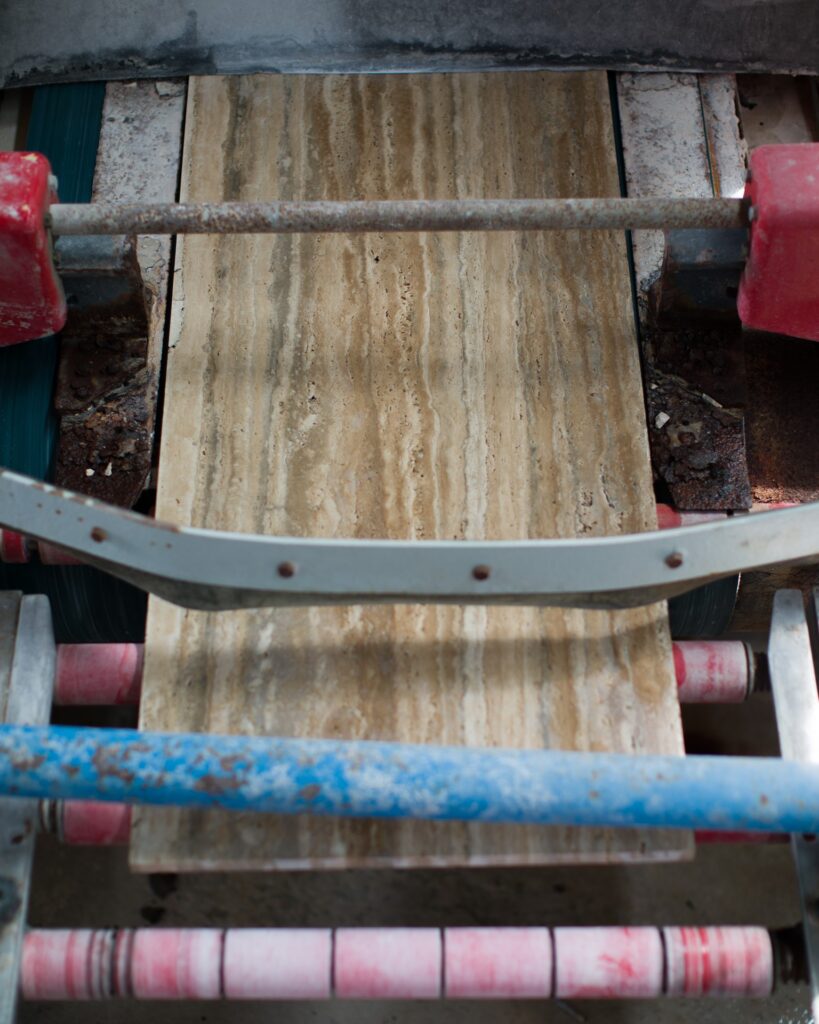
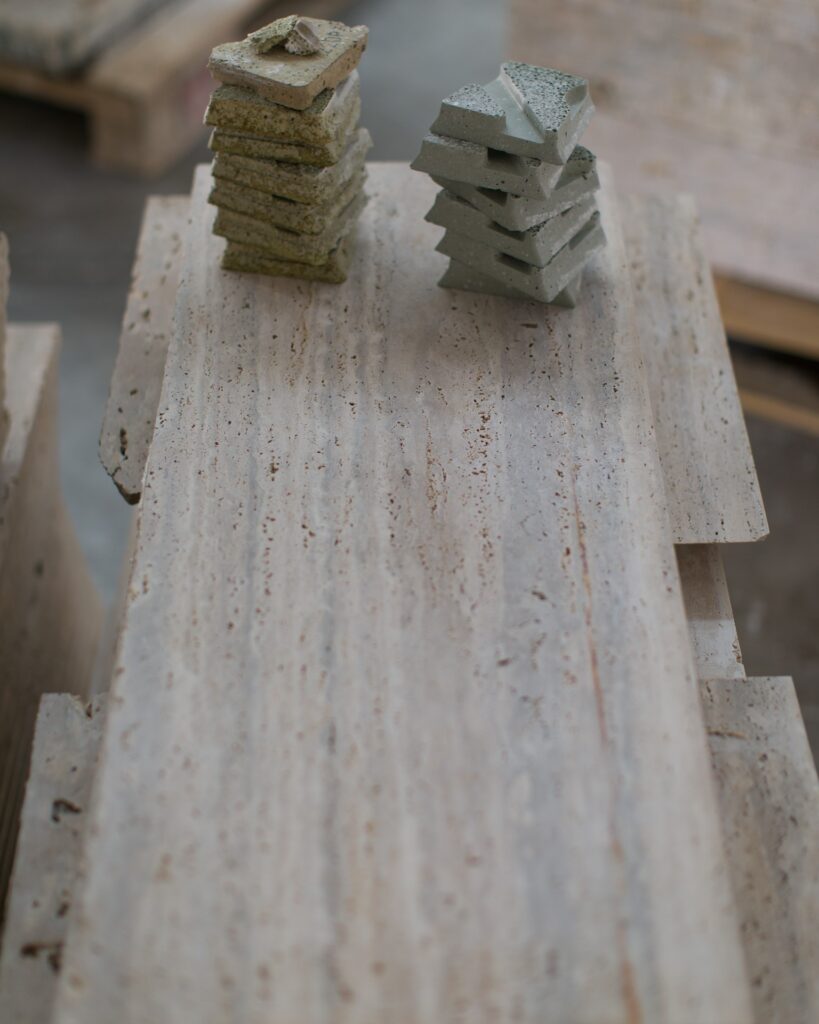

Follow Us On Social Media: